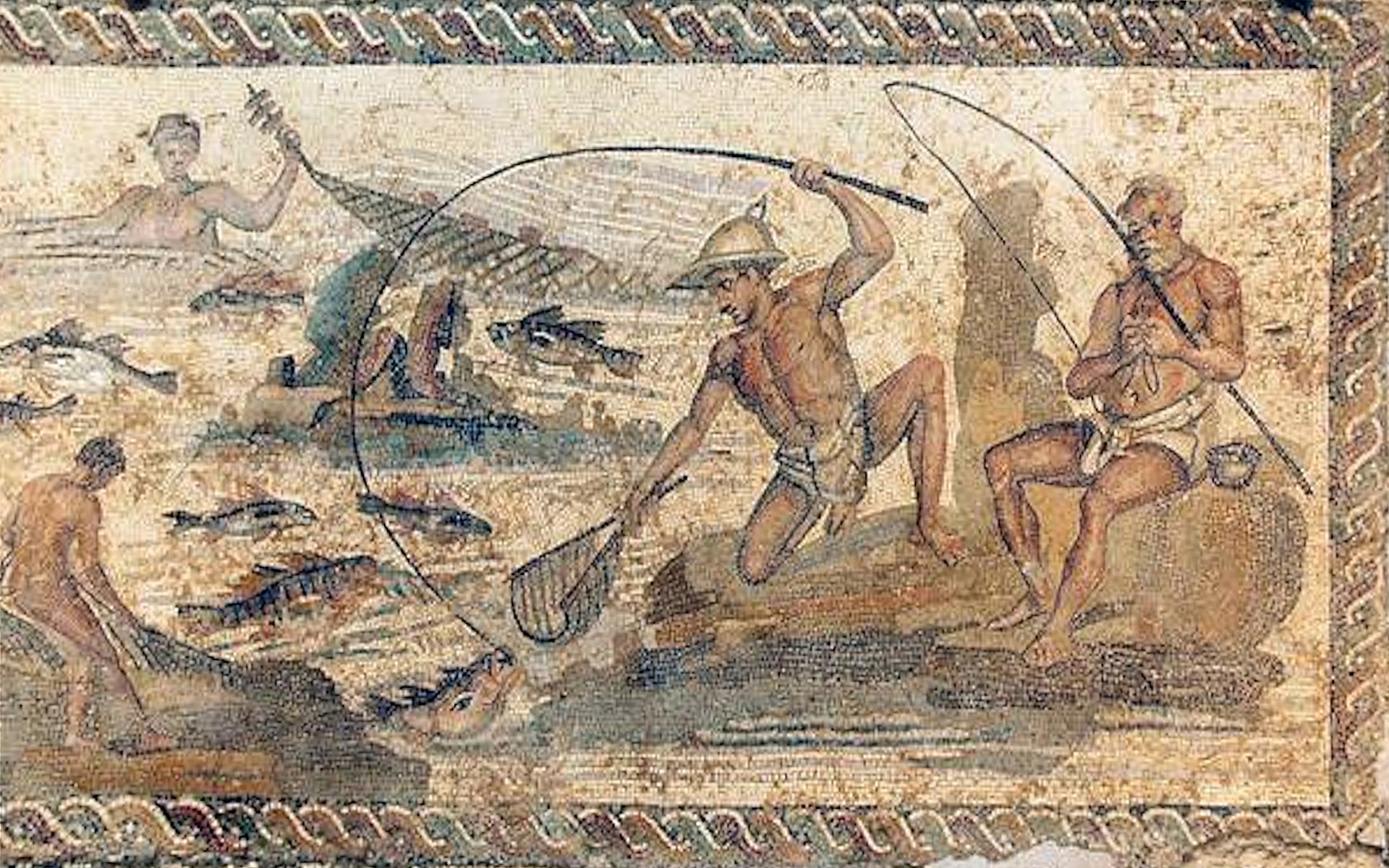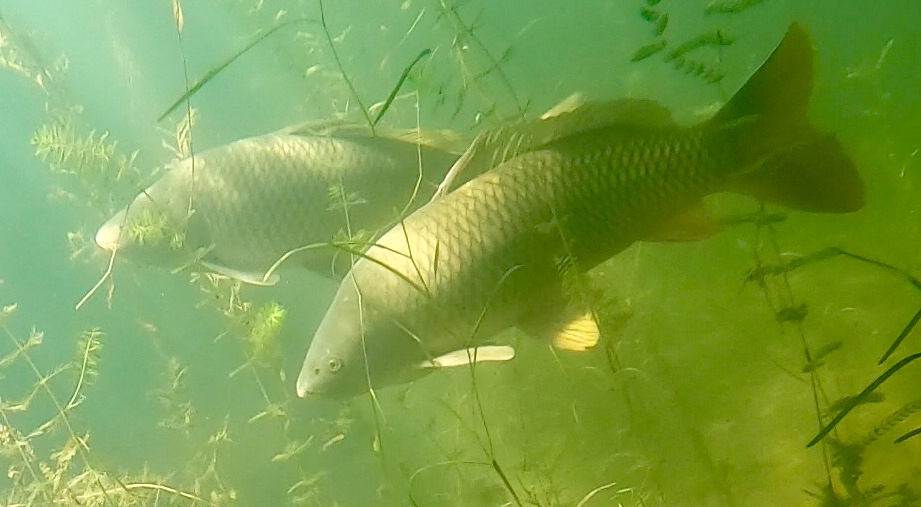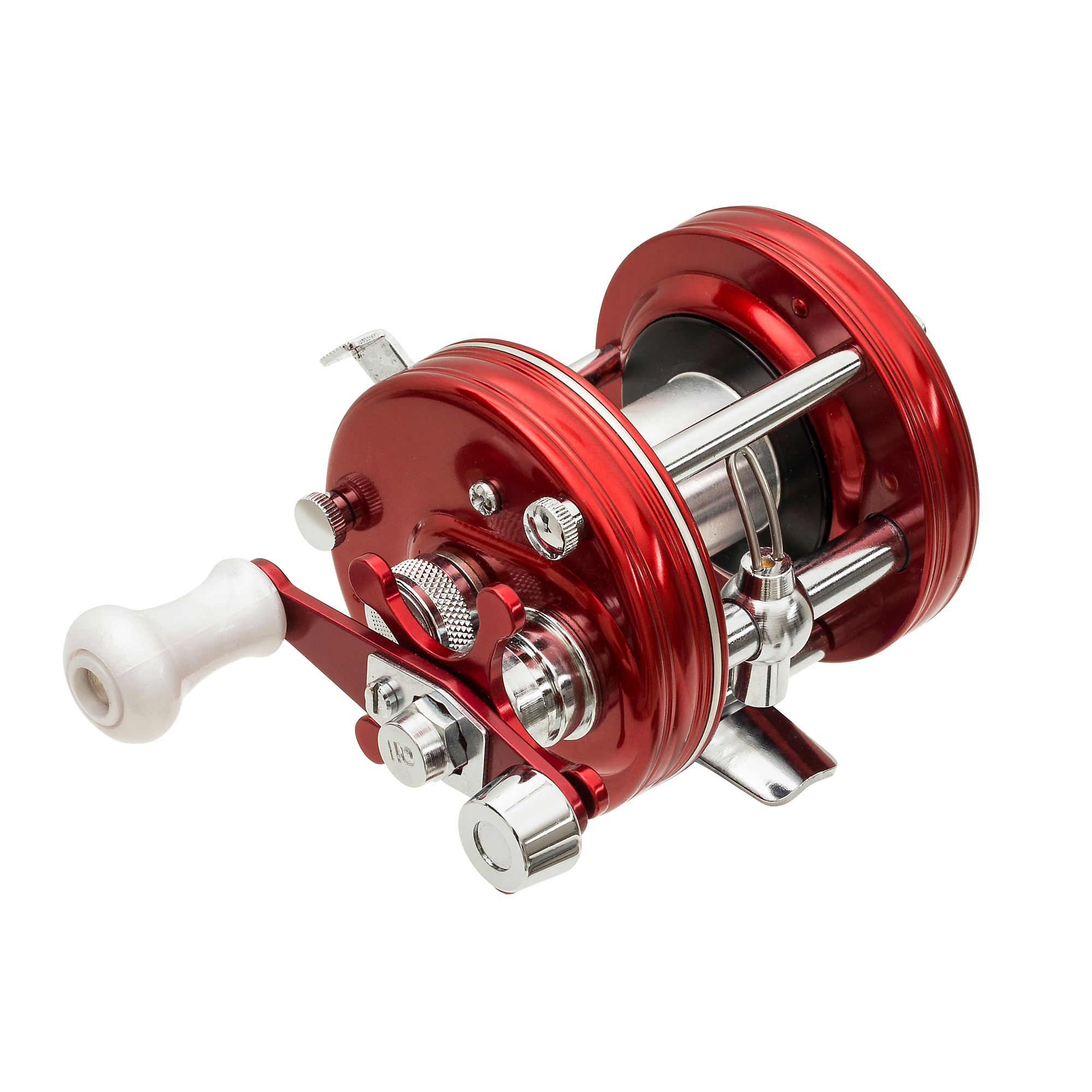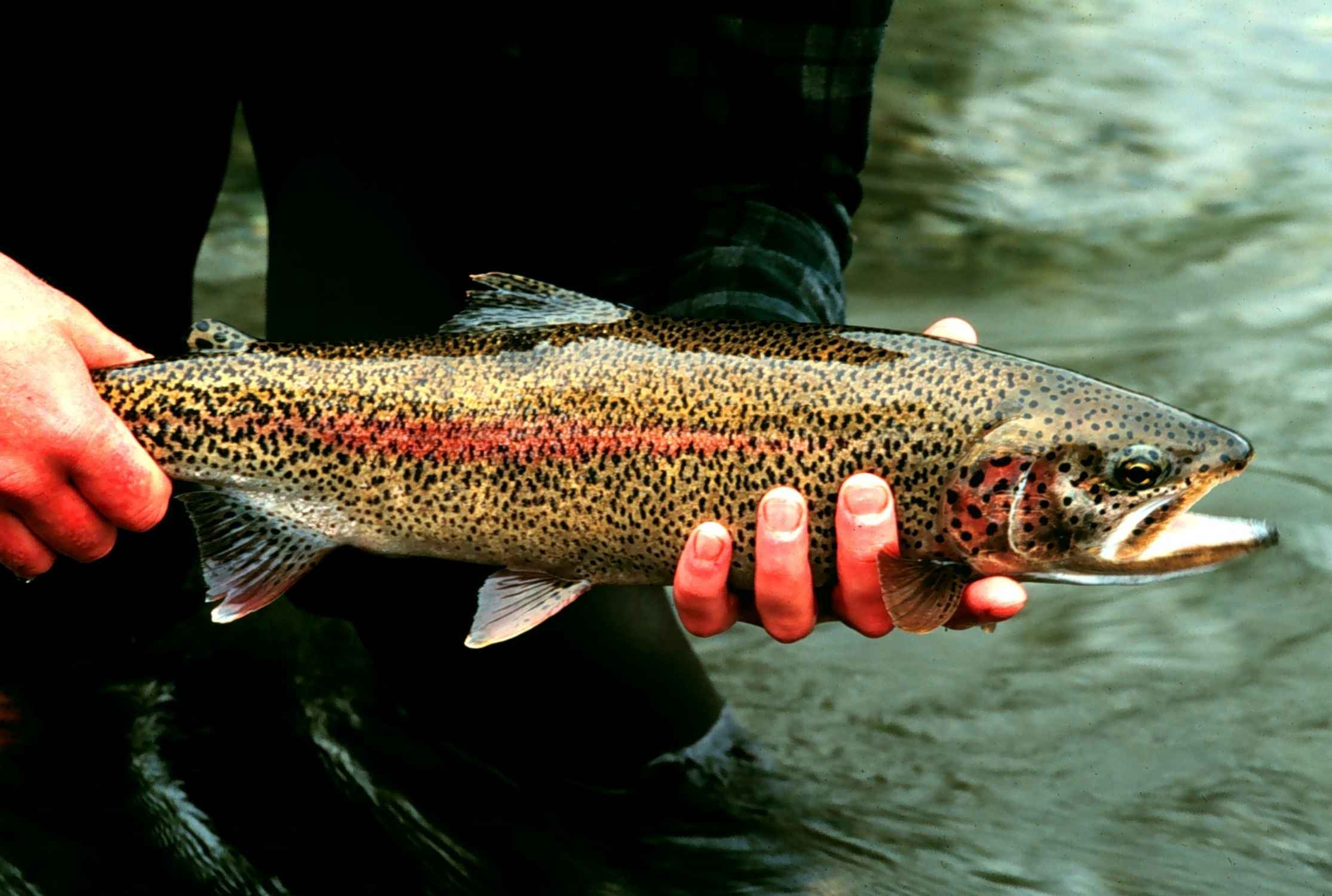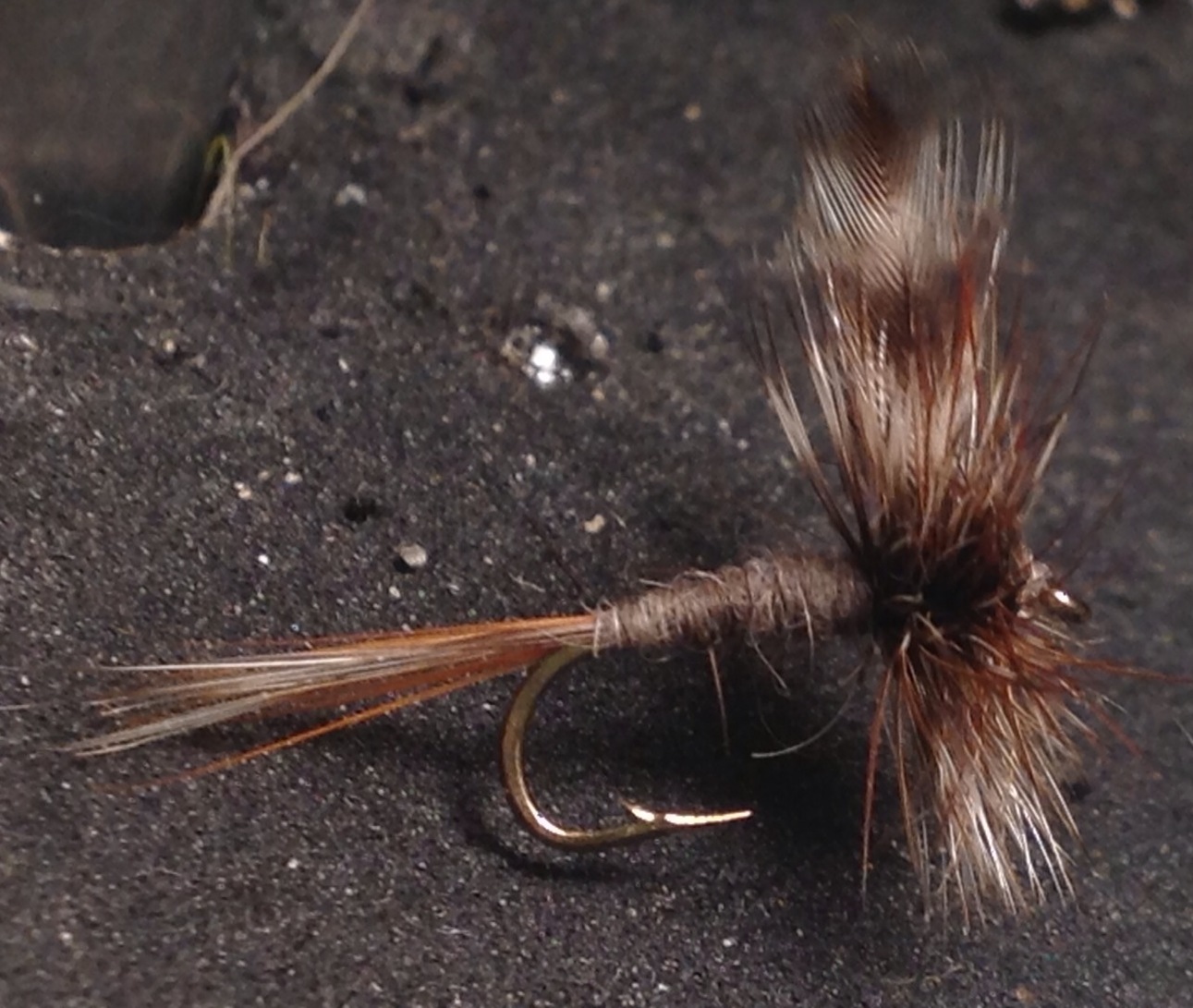The history of angling, the art of fishing with a hook, line, and rod, is a tale that spans thousands of years and has evolved from a means of survival to a globally popular recreational activity. Here is a detailed exploration of the history of angling:
Early Beginnings:
- Prehistoric Origins:
- Evidence suggests that angling has ancient roots, with depictions found in prehistoric cave paintings and artifacts. Early humans likely engaged in rudimentary forms of fishing as a means of sustenance.
- Ancient Civilizations:
- Ancient civilizations such as the Egyptians, Greeks, and Romans practiced fishing using a variety of techniques, including handlines, nets, and spears. Fishing became both a subsistence activity and a recreational pursuit.
Middle Ages to Renaissance:
- Medieval Europe:
- In medieval Europe, fishing became an integral part of the daily life of coastal and inland communities. Monasteries played a significant role, with monks engaging in fishing both for sustenance and trade.
- The Treatyse of Fysshynge wyth an Angle:
- In 1496, Dame Juliana Berners, an English prioress, wrote “The Treatyse of Fysshynge wyth an Angle,” one of the earliest known books on angling. The treatise covered various aspects of fishing, including equipment, bait, and different fish species.
The Age of Enlightenment:
- Technological Advancements:
- The 17th and 18th centuries saw significant technological advancements in angling. The use of reels, lines made of silk, and hooks made of iron became more common. Angling started to transition from a subsistence activity to a leisure pursuit.
- The Compleat Angler:
- Published in 1653 by Izaak Walton, “The Compleat Angler” is a seminal work that combined practical fishing advice with reflections on the contemplative and peaceful aspects of angling. It remains a classic in angling literature.
Industrial Revolution:
- Mass Production of Fishing Tackle:
- The Industrial Revolution brought about the mass production of fishing tackle, making equipment more accessible to a broader audience. Advances in materials, such as the use of gut for fishing lines and bamboo for rods, enhanced the sport.
19th Century:
- Emergence of Fishing Clubs:
- The 19th century saw the establishment of fishing clubs and societies, fostering a sense of camaraderie among anglers. These organizations played a crucial role in promoting ethical angling practices and conservation.
- Fly Fishing Renaissance:
- The Victorian era witnessed a resurgence in fly fishing. Innovations in fly patterns, such as those by Frederick Halford, and the publication of manuals on fly tying contributed to the popularity of this angling style.
20th Century to Present:
- Technological Innovations:
- The 20th century brought about significant advancements in fishing technology, including the development of modern materials such as nylon for fishing lines and carbon fiber for rods. Reels became more sophisticated, and sonar technology revolutionized the way anglers locate fish.
- Sport Fishing and Conservation:
- Angling transformed into a global sport with the rise of competitive fishing tournaments. Simultaneously, anglers and organizations increasingly recognized the importance of conservation efforts to ensure sustainable fish populations.
- Technological Integration:
- The 21st century has seen the integration of technology into angling, with the use of fish finders, GPS navigation, and online platforms for sharing fishing experiences. These innovations have enhanced both the efficiency and enjoyment of the sport.

A Journey Through Time: The Rich History of Fly Fishing
Fly fishing, with its artful blend of skill, finesse, and connection to nature, has a storied history that spans centuries. From humble beginnings to a global pursuit enjoyed by millions, the history of fly fishing is a fascinating journey through time, marked by innovation, tradition, and an enduring passion for the sport.
Ancient Roots: Early Techniques and Innovations (200 AD – 1600 AD)
Fly fishing’s roots trace back to ancient civilizations. In the second century AD, Claudius Aelianus, a Greek author, documented the use of a fly rod and line made from horsehair in Macedonia. In the third century, the Roman Claudius Galen described using a fly to catch fish. However, it was not until the medieval period that fly fishing began to take more recognizable form.
In medieval Europe, fly fishing gained popularity as an angling method, with Dame Juliana Berners, an English prioress, penning the “Treatyse of Fysshynge wyth an Angle” in the late 15th century. This treatise, considered one of the earliest fishing books, provided insights into fly patterns and fishing techniques of the time.
The Renaissance: Fly Fishing as an Aristocratic Pursuit (1600 AD – 1800 AD)
The Renaissance period witnessed the refinement of fly fishing techniques. In England, fly fishing became associated with the aristocracy, with Izaak Walton’s “The Compleat Angler” (1653) serving as a literary masterpiece that celebrated the joys of fishing and emphasized the pursuit’s contemplative nature.
The use of silk lines, horsehair leaders, and delicate flies made from feathers and fur marked this era. By the 18th century, fly fishing had become an established pastime, with anglers developing specialized tackle and experimenting with various fly patterns.

Industrial Revolution: Technological Advancements (1800 AD – 1900 AD)
The Industrial Revolution brought significant advancements to fly fishing tackle. The introduction of more efficient materials, such as silk for fly lines and gut for leaders, marked a turning point. Innovators like Samuel Phillippe and his patented multiplying reel in 1857 contributed to the evolution of fly fishing gear.
In the latter half of the 19th century, the use of bamboo for rod construction gained popularity. Innovators like Hiram Leonard and Charles Orvis crafted bamboo fly rods, enhancing the casting performance and overall experience for anglers.
20th Century: Modernization and Global Spread (1900 AD – 2000 AD)
The 20th century witnessed a surge in technological innovation and a global spread of fly fishing. The development of synthetic materials for lines, leaders, and flies, along with the introduction of fiberglass and later graphite rods, revolutionized tackle design.
Notable figures like Lee Wulff and Joan Wulff made significant contributions to casting techniques, while fly fishing destinations around the world gained recognition. The establishment of catch-and-release practices and conservation efforts marked a growing awareness of the importance of preserving fish populations and their habitats.
Contemporary Era: Diverse Styles and Environmental Advocacy (2000 AD – Present)
In the contemporary era, fly fishing has diversified into various styles, from traditional dry fly fishing to nymphing, streamer fishing, and saltwater fly fishing. The sport has embraced a global community, with fly anglers exploring diverse ecosystems and pursuing an array of species.
Environmental stewardship has become a central theme, with fly anglers actively involved in conservation initiatives. The catch-and-release ethos, sustainable practices, and advocacy for clean water highlight the commitment of the fly fishing community to preserving the natural world.
As we reflect on the rich history of fly fishing, it becomes clear that this angling tradition has transcended time and borders. From the serene rivers of medieval Europe to the vibrant flats of tropical destinations, fly fishing continues to capture the hearts of anglers, blending tradition with innovation and offering a timeless connection to nature. As the legacy of fly fishing unfolds, it remains a pursuit that celebrates the art of angling, the thrill of the catch, and the profound beauty of the waters that cradle this enduring pastime.
Conclusion:
The history of angling is a journey that reflects humanity’s evolving relationship with water, nature, and the pursuit of leisure. From its humble origins as a means of survival to a contemporary global pastime, angling continues to captivate individuals, connecting them with the natural world and preserving the traditions passed down through generations.
IMG: Angling in the 1st century CE. Villa of the Nile Mosaic, Lepcis Magna, Tripoli National Museum.
